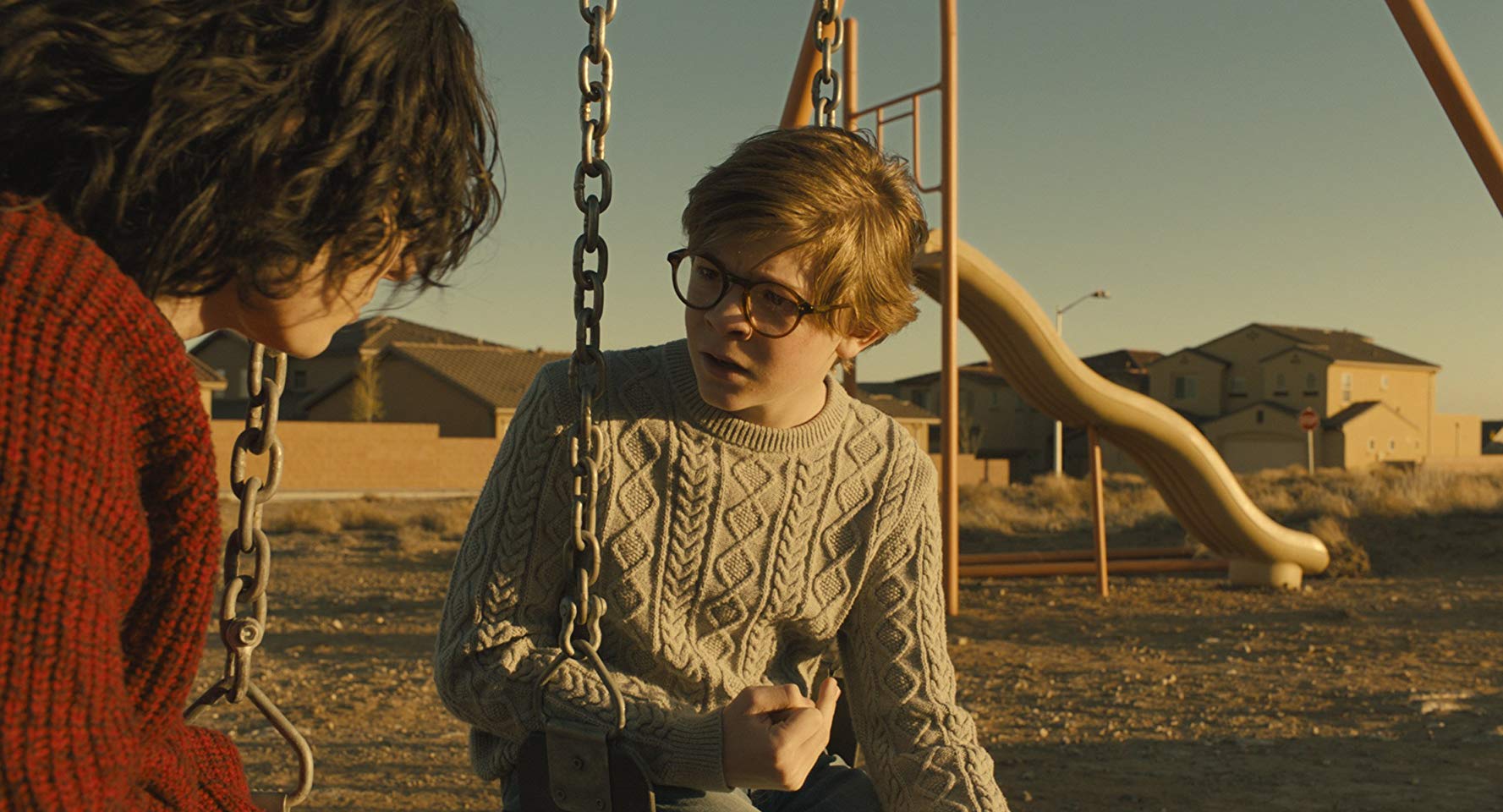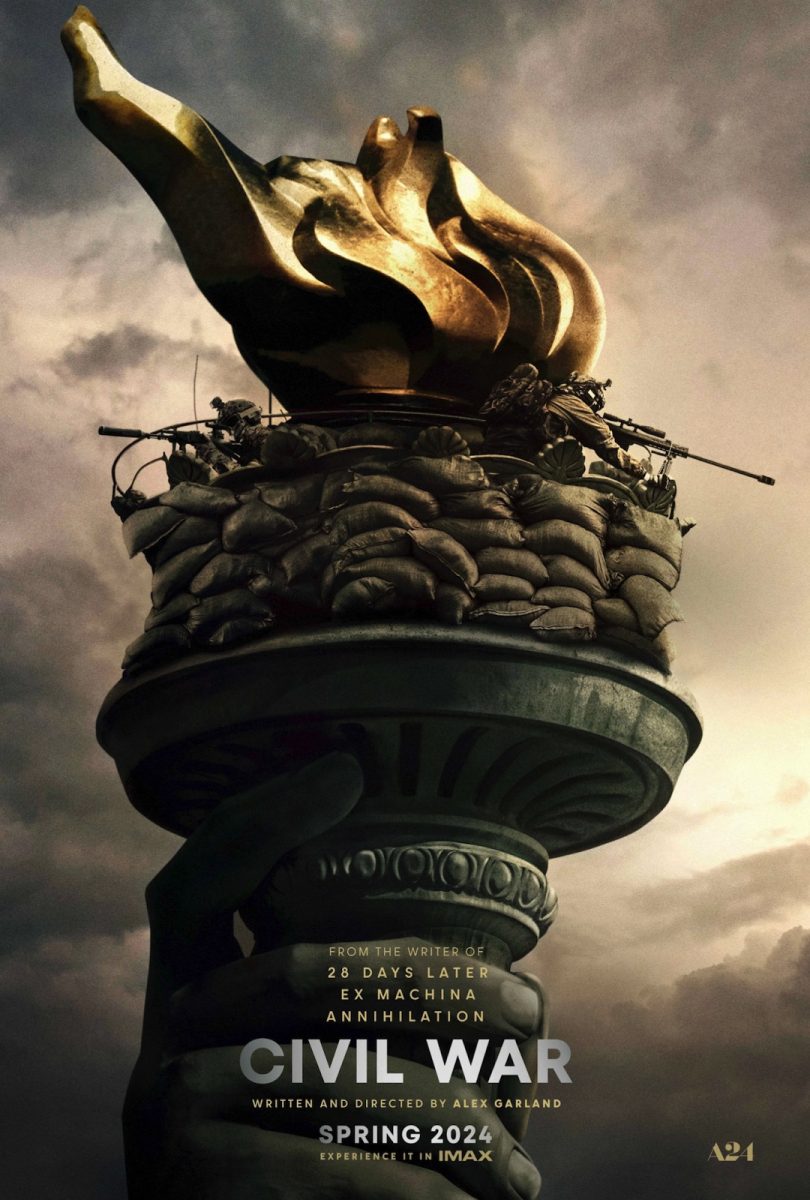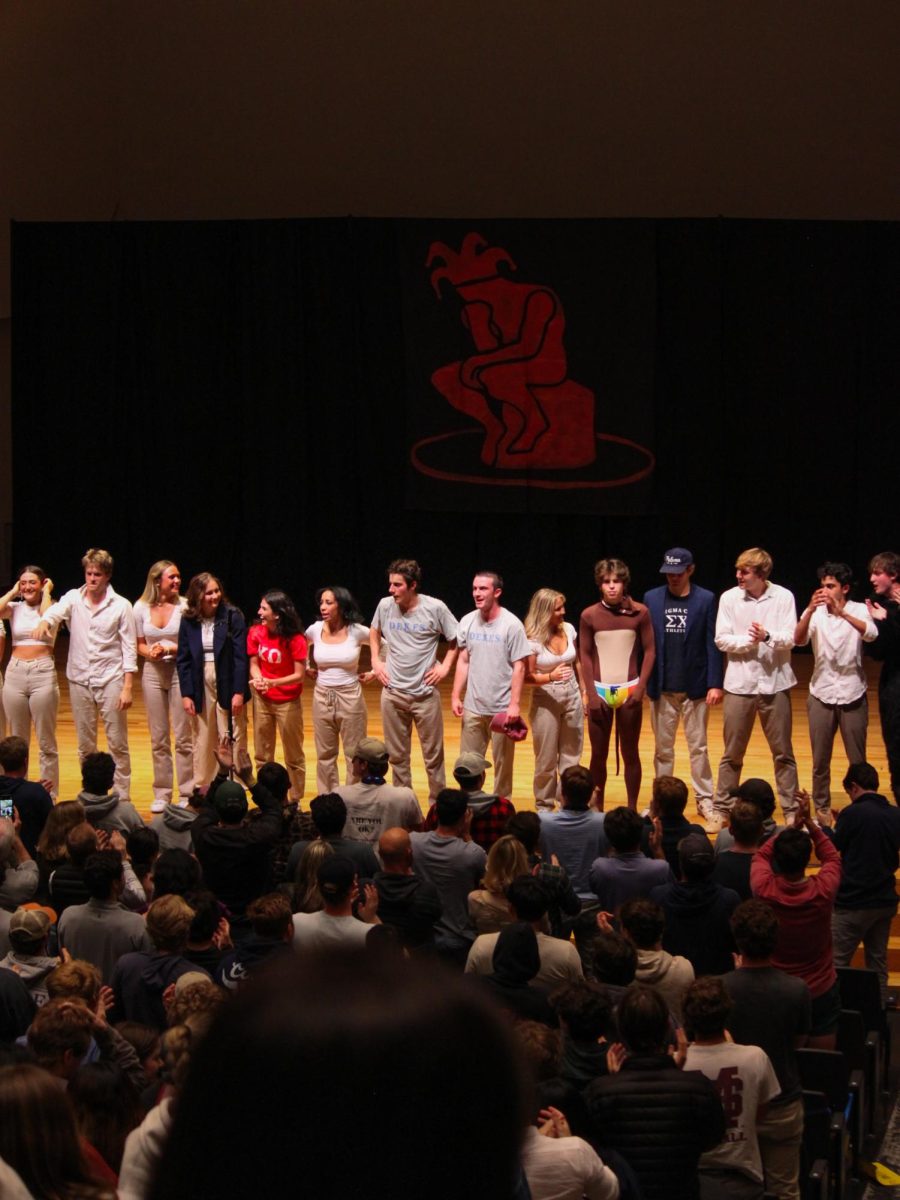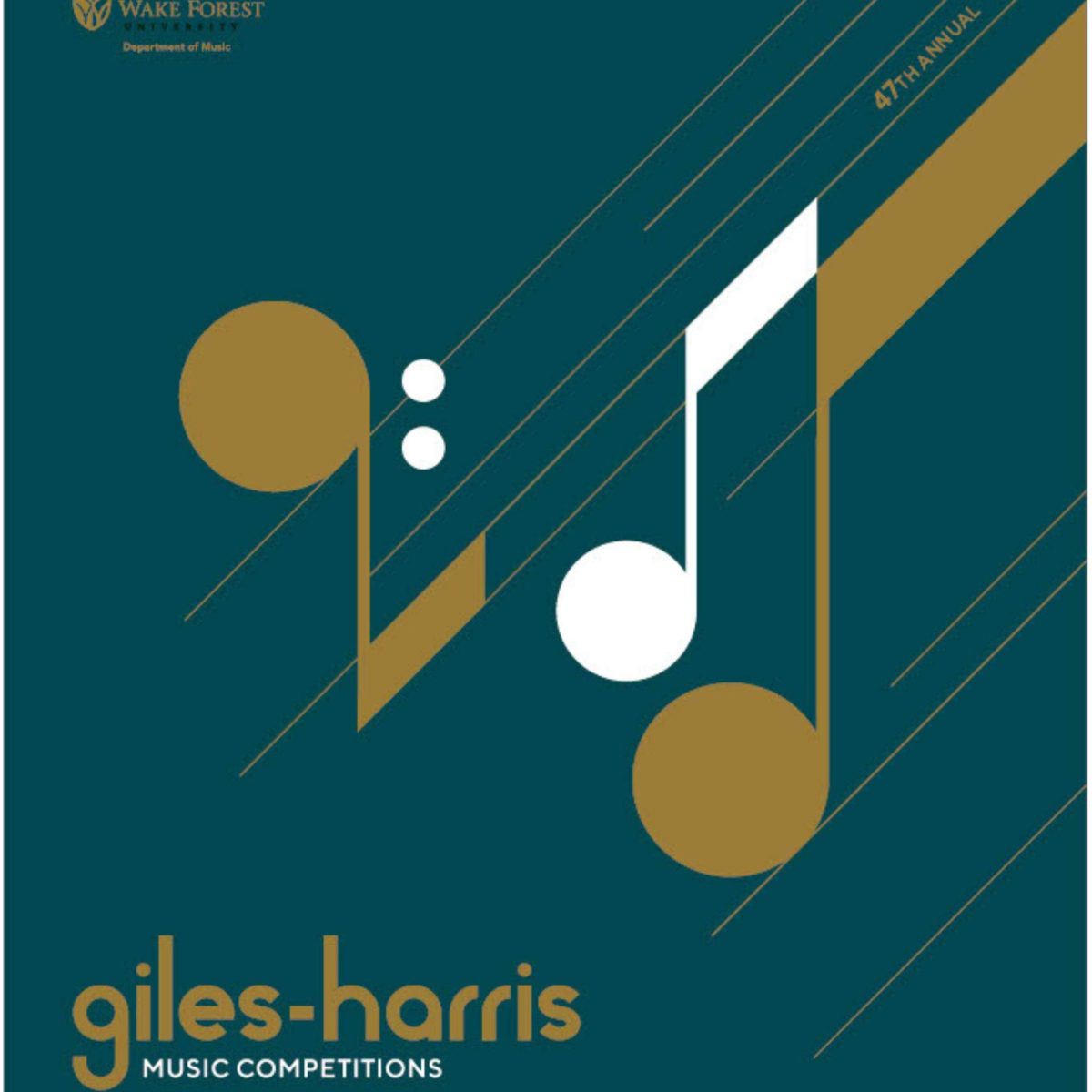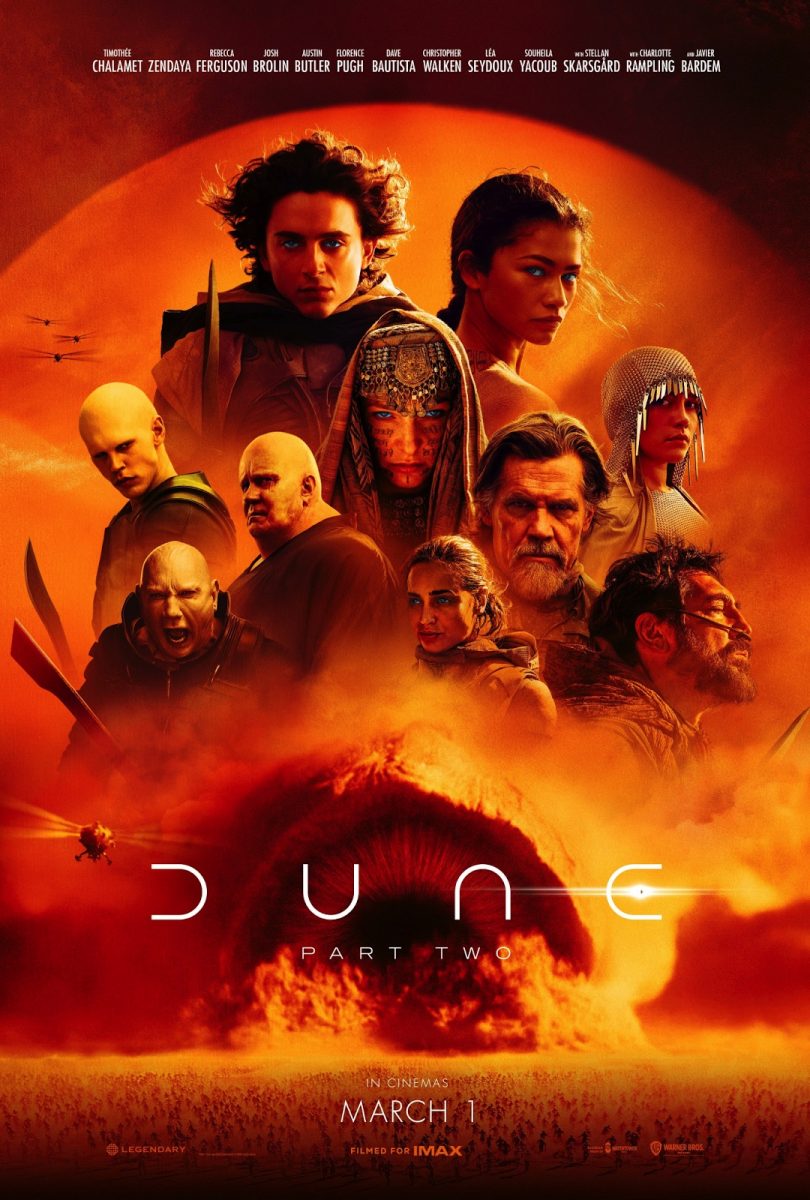Literary film-adaptions always prove to be a set of complex accommodations, for devoted readers and untutored cinephiles both. Any deviation from the novel readers see as perfidy, while others might view it as a welcome departure from the idiosyncratic pleasures readers derive from minute loyalties to the text. Adaptations are supposedly their own artifacts and, at their best, perform a kind of alchemical transfer from one medium to the other, through subtle re-imaginings of the novel’s style that remain faithful to its conceit but crucial to its success as a film.
The problem with cinematizing Donna Tartt’s 771-page, Pulitzer-Prize-winning novel The Goldfinch, is that the hordes of detail and pages of extravagant description, both of exterior settings and first-person interiority, inevitably get truncated when transferred to the screen. Visual language can capture in seconds the gestalt of lush, itemized scenes that the author describes for pages-on-end in rewarding, Flaubertian detail. The pleasure of the text, a kind of rhythm of sight and sound developed by its language, gets compressed into the pleasure of the image, where, though the camera can linger, it can never swoon over its settings quite the same way an author can; nor can it dither into precision when it comes to expressing a protagonist’s emotion. Or rather, it can do all these things, just through different mechanisms.
Tartt’s novel is, in part, defined by its intense atmospheric conditioning, by her character’s unique personal rejection or reflection of each new space. In the film, the spaces themselves are ripe enough, but something about the swiftness of their materialization hampers characters’ ability to aerate them. Instead, the rate of changing settings and events manifests as a tight, rote progression. In John Crowley’s film, the actors try to vitalize their environments, but a sort of acquiescent plunge is required of viewers, and the result is a film without narrative drive, rife with confounding sequences.
As a viewer who had read Tartt’s astounding novel (and re-read it in anticipation of the film’s release), Crowley’s film was as loyal as it could be to the novel’s structure, ripping almost all its dialogue from the book (a discomfiting portion of which sounded stilted and, well, novelistic on screen.) This is, to an extent, a mutable aspect of the text that could’ve been fixed. Although with a novel as beloved as this one, any change would’ve stung readers. But the question is not blind or partial loyalty, it is what contributes to the success of an entirely different art form. This is ultimately the undecided, middle-ground the film lands on, and that gets it into trouble.
The central issue with the film adaptation of The Goldfinch is its unflinching loyalty to its source material. The entire time, as I was hunting for moments of perfidy, I simultaneously wondered what a viewer who hadn’t read the novel thought of the moments on screen. Too often, my hypothesis was that they must’ve have been bored or baffled, unable to grasp the narrative import of a boy named Theo (Ansel Elgort), whose mother dies in a bombing and who then steals a priceless work of art that becomes the centerpiece of the film and his life. It all probably seemed aimless and ill-conceived: why does he care so much about this painting? (The answer, in the novel, has to do with a work of art’s immortality as it outlives the mortals it touches). This pictorial fact becomes so objectively nonsensical to viewers who had not read the novel, and so awkwardly realized to those who did, that the result was a morass of mixed opinion.
John Crowley, whose previous work includes the vividly-observed Brooklyn, shows us the darkened-wood interiors and winking porcelain of New York high-society, as well as the gusting flatness and extraterrestrial beauty of the Las Vegas desert with visual committment but diminishing narrative effect. We become less interested (and more confused) as the film progresses, not because of how it looks, but because what the characters say and do matters little. Crowley’s sensitive touch seemed able to deftly situate Theo in a mise en scene, but could never quite awaken him (or others) to involve us in the same dense beauty present in the novel. The film has so much ground to cover that friction can hardly ever build, and we zoom through time without much textured instance. Roger Deakins, at times, presents stunningly beautiful cinematography, and it’s all captured well enough, but the result seems like a bunch of lavishly lit rooms in which characters scarcely develop, or else come already so developed as to seem unreasonable. Somewhere in the process of making this film, the complexity of Tartt’s novel, paired with the arithmetic game of piecing it onto the screen, became too much. The tipping point arrives quickly, and the emotional substance of the novel vanishes, making the film a trite chronology, and a darting mess.
Amidst the general confusion, though, there are some great performances, namely Nicole Kidman as Mrs. Barbour, the frosty upper-West Side socialite busied by parties and personalities, who takes the orphaned Theo into her home. Kidman plays her with impeccable restraint, chill as iced wine, while still eeking out the latent emotion Mrs. Barbour becomes so lovable for later in the film. Jeffrey Wright as James Hobart is admirable, although not quite hulking enough to sufficiently impress Elgort’s Theo. Luke Wilson and Sarah Paulson do well to portray the drunken, gambling time bombs they both are, yet Boris, played as a child, convincingly, by Finn Wolfhard and as an adult, not as much so, by Aneurin Barnard, seems a bit too disparate from the cable-knitted young Theo (Oakes Fegley).
But to elucidate every actor’s individual performance is another alarm bell sounding. The acting does not much matter if the film fails to grip us. The characters are like ideas floating in an empty narrative. For great writers, “the power of language sets them apart … their story, not their ideas, [is] supreme, and for an idea to find houseroom it need[s] embodiment in a narrative or it [is] worthless,” William J. Kennedy said. All the character’s roving around The Goldfinch have ideas of who they are (they’re actors filling up with the qualities of their role), and even the director’s team has an idea of look and feel, but not pace, or coherence, or perhaps creative license to alter Tartt’s book for the screen. The film, to work, may have had to be three-plus hours, but as it stands, its breakneck progression only promises to fade what little import it had to start.

